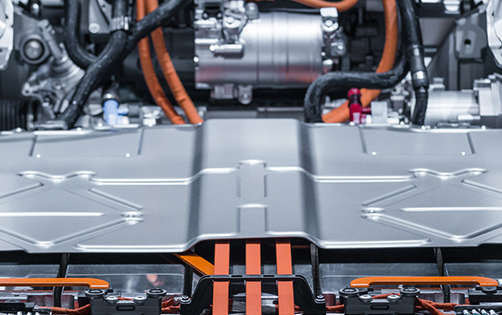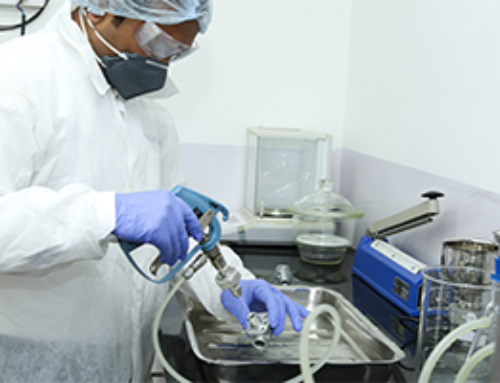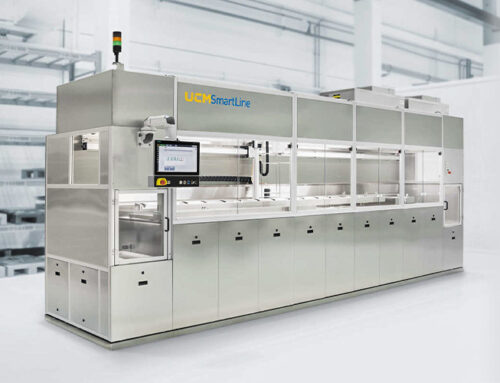
The development of electromobility technology presents new challenges for parts cleaning. Today, some cleaning processes are already required to take place during the assembly. One of the reasons for this is particles introduced, for example, by joining processes or purchased parts, which can cause functional problems. In addition, the removal of particulate and non-volatile residues from the ultra-thin materials of cathodes and anodes is essential for bipolar plates. The trend toward bonding also requires greater thin-film and particulate cleanliness of bonding surfaces. Also, new lightweight construction, material and manufacturing solutions require adapted cleaning processes. This also applies to components in safety systems, such as steering, brakes and ABS.
Cleaning technologies for the e-mobility sector
For the efficient cleaning of parts, e.g. for gears, brakes and steering systems, our extensive portfolio includes water-based and environmentally compatible solvent-based cleaning systems. Our surface treatment solutions can be used, for example, to activate brake discs before coating to prevent corrosion and reduce particulate emissions, just as weld seams on chassis parts can be cleaned effectively and efficiently. Tailored to the specific requirements and applications of vehicle manufacturers and suppliers, various wet and dry cleaning processes are available, also for combined use in a single system.
Comprehensive expertise in parts cleaning for the e-mobility sector
Thanks to our many years of experience, our early involvement in e-mobility, and numerous successfully completed projects for OEMs and suppliers around the globe, we have the comprehensive technological know-how to solve the wide range of tasks in the automotive and supplier industry in a demand-oriented, sustainable, and efficient manner. In conjunction with our fully equipped technology centers, we are thus able to carry out cleaning trials for the e-mobility sector on originally soiled parts under near-series conditions to solve any cleaning task. Based on the respective material, component geometry, type of soiling, cleanliness and throughput requirements, we develop and automate flexible cleaning solutions that are optimized both technically and economically.







